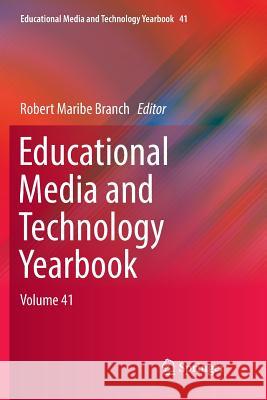Educational Media and Technology Yearbook: Volume 41 » książka
topmenu
Educational Media and Technology Yearbook: Volume 41
ISBN-13: 9783030097950 / Angielski / Miękka / 2018 / 429 str.
Kategorie:
Kategorie BISAC:
Wydawca:
Springer
Seria wydawnicza:
Język:
Angielski
ISBN-13:
9783030097950
Rok wydania:
2018
Wydanie:
Softcover Repri
Ilość stron:
429
Waga:
0.61 kg
Wymiary:
23.39 x 15.6 x 2.29
Oprawa:
Miękka
Wolumenów:
01
Dodatkowe informacje:
Wydanie ilustrowane











